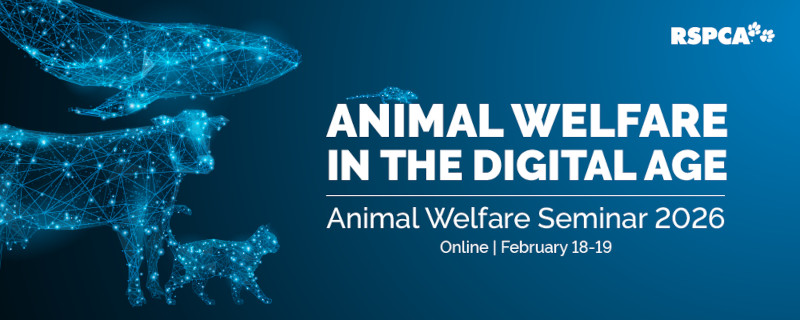Calves are legally able to be transported at 5 days old or, if transported directly to a calf-rearing facility, at less than 5 days old. However, older calves are better able to withstand the stressors of transport which include loading and unloading, and mixing with unfamiliar animals in unfamiliar environments. Very young, pre-weaned calves have underdeveloped ‘following’ behaviour. In their first week of life, calves are in a ‘hider’ phase and spend most of their time sleeping. This can make moving and loading/unloading for transport difficult as they do not stay together as a group and move to where they are supposed to go. Calves 8-10 days old are more responsive than younger calves however herding behaviour is not thought to be fully developed until calves are around 20 days old. It has been suggested that calves should not be transported until they are at least 1 month of age with the exception of calves destined for rearing that may be transported short distances, with thick bedding and a space allowance that allows all calves to lie down at the same time.
Compared to adult cattle, young calves are not as adapted to cope with transport. Transport, particularly loading and unloading, is stressful and results in typical physiological stress responses including increased heart rate and reduced immune system responsiveness. Plasma creatine kinase (CK), a physiological measure of physical exertion and/or bruising, increases as the transport journey increases. Both live weight of calves and plasma CK may take up to 7 days to recover after transport. In order to ensure that calves are not hungry and using energy reserves during the transport process, total time off feed should not exceed 12 hours. Young calves are susceptible to cold and heat stress as they are not yet able to control their body temperature. Morbidity and mortality following transport can be high and, if transport cannot be avoided, the time spent on the transport vehicle should be minimised.
Young calves, particularly smaller calves, prefer to lie down during transport (up to 70% of the journey time) and may become fatigued and/or bruised through lack of comfortable bedding and/or opportunity to get up or lie down unhindered due to a lack of space. If provided with straw bedding, they will lie down longer. Providing straw bedding also reduces fatigue in calves compared to mesh flooring which is uncomfortable to lie on.
Calves that are well fed and handled quietly and patiently during loading and unloading, as well as being provided with sufficient space and bedding on which to lie down during transport, will be less fatigued and easier to handle at their destination.
Bibliography
Fisher AD, Stevens BH, Conley MJ et al (2014) The effects of direct and indirect road transport consignment in combination with feed withdrawal in young dairy calves. Journal of Dairy Research 81:297-303.
Grandin T (2007) Livestock Handling & Transport, 3rd edition. CABI International.
Jongman EC, Butler KL (2013) Ease of moving young calves at different ages. Australian Veterinary Journal 91(3):94-98.
Jongman EC, Butler KL (2014) The effect of age, stocking density and flooring during transport on welfare of young dairy calves in Australia. Animals 4:184-199.
Knowles TG, Warriss PD, Brown SN et al (1997) Effects on calves less than one month old of feeding or not feeding them during road transport of up to 24 hours. The Veterinary Record 140:116-124.
Scientific Committee on Animal Health and Animal Welfare (2002) The welfare of animals during transport (details for horses, pigs, sheep and cattle). European Commission, Health & Consumer Protection Directorate-General.
Todd SE, Mellor DJ, Stafford KJ et al (2002) Effects of food withdrawal and transport on 5- to 10-day-old calves. Research in Veterinary Science 68:125-134.
Trunkfield HR, Broom DM (1990) The welfare of calves during handling and transport. Applied Animal Behaviour Science 28:135-152.

